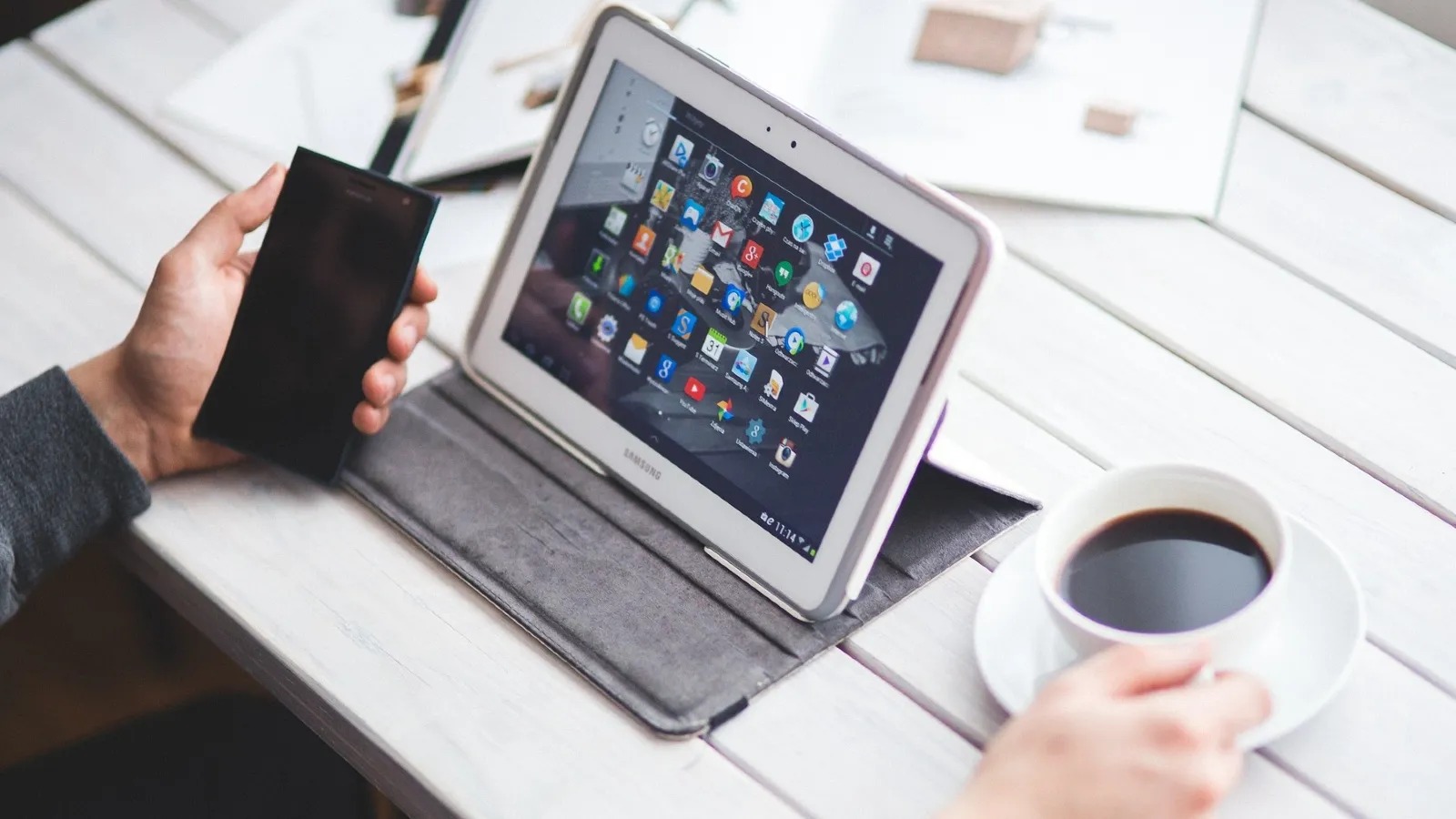
The Evolution of Tablets
Tablets have existed for several years, initially serving as a bridge between smartphones and laptops. Early models often lacked cellular connectivity, limiting their mobility. With the advent of 4G and 5G networks, tablets have evolved to include cellular capabilities, transforming them into powerful, always-connected devices.
Benefits of Cellular Connectivity
Constant Internet Access
One significant advantage of cellular-connected tablets is the ability to stay online anywhere, anytime. Whether in a meeting, traveling, or relaxing at home, these devices ensure continuous internet access without relying on Wi-Fi hotspots.
Enhanced Productivity
For professionals, tablets with cellular connectivity offer unparalleled flexibility. They can handle tasks such as email management, document editing, and video conferencing without needing a separate laptop or constant Wi-Fi access.
Entertainment On-the-Go
Streaming media is popular on tablets, and with cellular connectivity, favorite shows or movies can be enjoyed anywhere. This feature proves particularly useful during commutes or while traveling.
Emergency Situations
In emergencies where access to a phone or reliable Wi-Fi is unavailable, a cellular-connected tablet can serve as a lifeline. Calls, texts, and access to critical information are possible using the device's built-in cellular capabilities.
Cost-Effective Solution
While smartphones can function as hotspots, using them for this purpose can quickly drain their batteries. A dedicated tablet with cellular connectivity provides a more cost-effective solution for those needing constant internet access without the battery drain associated with hotspotting.
Top Android Tablets with Cellular Connectivity
Samsung Galaxy Tab S9 FE
The Samsung Galaxy Tab S9 FE is an excellent option for those seeking a mid-range tablet with 5G connectivity. It offers a sleek form factor combined with powerful components, making it suitable for everyday tasks and entertainment.
Samsung Galaxy Tab S9+
For power users requiring top-tier performance, the Samsung Galaxy Tab S9+ is a worthy consideration. This tablet effortlessly handles intensive tasks such as video editing and graphic design, making it perfect for productivity and creativity.
TCL Tab 10 5G
The TCL Tab 10 5G stands out as one of the cheapest 5G tablets on the market while still delivering reliable performance. It's an excellent choice for those needing a budget-friendly option without compromising functionality.
Samsung Galaxy Tab A9+
The Samsung Galaxy Tab A9+ offers ample horsepower for daily use and is available with 5G connectivity. It features an upgraded chipset, long battery life, quad speakers, and a multi-window display, making it a versatile option for various tasks.
Blackview Active 8 Pro
For adventurers and professionals needing a tablet that can withstand harsh environments, the Blackview Active 8 Pro is ideal. Its exceptional ruggedness, long-lasting battery, and IP68/IP69K+ rating make it perfect for outdoor enthusiasts and professionals working in demanding conditions.
How to Choose the Right Tablet
Operating System
Ensure the tablet runs on the latest version of Android to access the latest features and security updates.
Display Size and Resolution
The display size and resolution are crucial for an enjoyable viewing experience. Larger screens with high resolutions are ideal for streaming media or multitasking.
Processor and RAM
A powerful processor and sufficient RAM are essential for smooth performance. For tasks like video editing or graphic design, look for tablets with high-end processors and ample RAM.
Storage Capacity
Consider the storage capacity of the tablet. While some tablets offer expandable storage options, others may have fixed capacities. Ensure the chosen model meets storage needs.
Battery Life
Battery life is critical for devices used on the go. Look for tablets with long-lasting batteries or those supporting fast charging.
Camera Quality
If planning to use the tablet for photography or video calls, ensure it has a high-quality camera. Some tablets also offer dual cameras for enhanced functionality.
Additional Features
Additional features such as Bluetooth, GPS, and multi-window display can enhance the overall experience. Consider what features are most important and choose accordingly.
Carrier Compatibility
If planning to use the tablet with a specific carrier, ensure it is compatible with their network. Some tablets may require a SIM card while others support eSIM technology.
Price
Finally, consider the price of the tablet. While high-end models offer superior performance, budget-friendly options can still provide excellent value for money.
Setting Up Your Tablet
Unboxing and Initial Setup
Begin by unboxing the tablet and following the on-screen instructions for initial setup. This typically involves connecting to a Wi-Fi network or inserting a SIM card.
Activating Cellular Connectivity
If the tablet requires a SIM card, insert it into the designated slot. If it supports eSIM technology, follow the manufacturer's instructions for activating it.
Configuring Data Plans
Set up the data plan according to the carrier's instructions. Some carriers offer specific plans designed for tablets, so be sure to check these out.
Downloading Essential Apps
Download essential apps such as email clients, productivity tools, and streaming services to get started.
Customizing Your Experience
Customize the tablet's settings to suit preferences. This includes adjusting display settings, enabling or disabling features like Bluetooth or GPS, and configuring security settings.
Real-World Applications
Remote Work
For remote workers, a cellular-connected tablet can be a game-changer. It allows them to stay connected with colleagues and clients while working from anywhere, making it easier to manage projects and communicate effectively.
Travel
Travelers often face challenges staying connected while on the move. A cellular-connected tablet ensures constant internet access, allowing them to navigate unfamiliar places, communicate with family and friends, and access important information.
Education
Students can benefit greatly from cellular-connected tablets in educational settings. They can access online resources, participate in virtual classes, and complete assignments without relying on school Wi-Fi.
Healthcare
Healthcare professionals can use cellular-connected tablets to access patient records, communicate with colleagues, and provide remote consultations. This enhances patient care by ensuring timely access to critical information.
Entertainment
For entertainment enthusiasts, a cellular-connected tablet offers endless possibilities. Whether it's streaming movies, playing games, or browsing social media, these devices provide an immersive experience that's always available.
